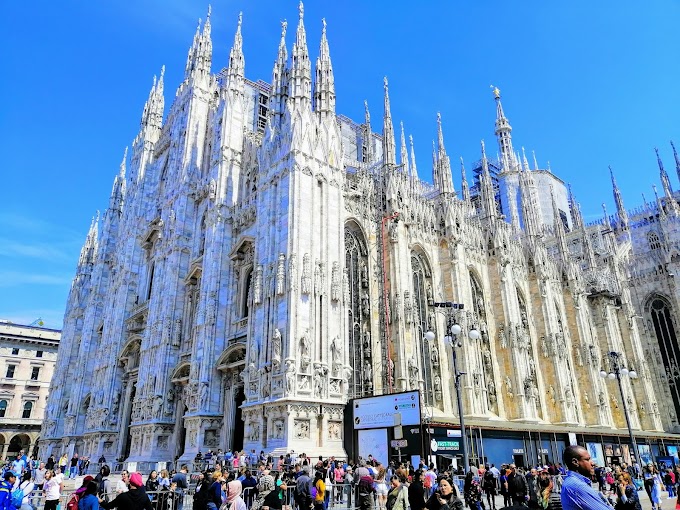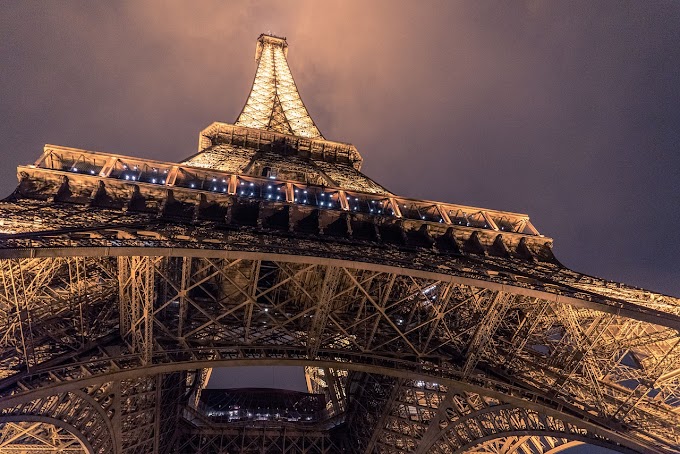The spelling of Machu Picchu, an ancient Inca ruin in the Cordillera de Vilcabamba in the Andes Mountains, is 50 miles (80 km) northwest of Cusco, Peru. It sits between two sharp peaks above the Urubamba River valley - Machu Picchu ("Old Mountain") and Huana Picchu ("New Mountain") - at an elevation of 7,710 feet (2,350 m). One of the few Colombian prehistoric ruins, Machu Picchu, was declared a UNESCO World Heritage Site in 1983.
The site was not recognized by the Spaniards but was visited by German adventurer Augusto Burns in 1867. However, Machu Picchu's existence was not widely known in the West until 1911, when he was "discovered" by Professor Hiram Bingham of Yale University. Bingham was searching for the "lost city of the Incas," Vilcabamba, and until 1572, the Inca rulers led a rebellion against Spanish rule. He cited evidence in the 1912 excavations of Machu Picchu sponsored by Yale University and the National Geographic Association, labeling the site as Wilkabam. This interpretation, however, cannot be substantiated. (Even so, many sources still follow Bingham's precedent and mistakenly label Machu Picchu as "the lost city of the Incas.")
In 1964, Espiritu Pampa was excavated extensively under the direction of American explorer Gene Savoy.
Although the site was mostly degraded and covered with forest, Savoy found 300 Inca homes and 50 or more buildings as well as wide terraces.
Machu Picchu was commissioned by Bingham in 1915 and by the Peruvian archaeologist Luis E. in 1934. Excavations by Valcarcel and Paul Fejos, 1940–41.
Additional discoveries made through the Cordillera de Vilcabamba show that the Tambos (tourist barracks or inn), Puchara (fortified sites), and the large Inca foot highway are one of the signal towers leading up to Machu Picchu.
The dwellings of Machu Picchu were built and inhabited from the mid 15th to early 16th centuries. The architectural style and other evidence of Machu Picchu (ruled 1438–71) indicate that this was a palace complex of Palu Pachukuti Inca Yupanqui.
Several skeletons were excavated in 1912, most of them identified as women. Bingham suggested that Machu Picchu was a sanctuary belonging to the elite Inca group of solar virgins. However, at the beginning of the 21st century, technology has identified a significant number of men and a large diversity of physical types. Both material pieces and skeletons now suggest to scholars that Machu Picchu served as a royal retreat. The cause of the abandonment of the site is also unknown, but the lack of water could be a reason.
High-level preservation and the general layout of the ruins stand out. Its southern, eastern, and western parts are surrounded by dozens of agricultural terraces that have previously been watered by an aquifer system.
When Bingham arrived in 1911, some of those terraces were used by local Indians. It connects thousands of walkways and steps, plaza, residential areas, terraces, cemeteries, and main buildings with stone blocks as well as carved footsteps beneath the rocks.
The main plaza is partly divided by wide terraces and is located at the north-central corner of the site. It is the only formal entry in the southeast and leads to the Inca Trail. Some of Machu Picchu's white granite structures are of the same size as those found in Cusco, but a few are worth noting. The sacred rock on the south side of the ruins is also known as the Sun Temple (it was called the tomb by Bingham). It is centered on an inclined rock mass with a small cave; The walls of the cut stone show some of its irregular features. Standing high above the rock is a horse tower-shaped box called the military tower. The temple district is located in the western part of Machu Picchu, also known as the Acropolis. The windows of the three windows are 35 feet (10.6 m) long and 14 feet (4.2 m) wide, with three trapezoidal windows on one wall (the largest known in Inca architecture) made of polymeric stone. It is located near the southwest corner of the main plaza. Near the main plaza, the Intihuatana (Sun's Hitching Post) is a uniquely preserved ritual sunlight, with a broad tower and pavement, carved into a single unit, 6 feet (1.8 m) high. This feature was damaged in 2000 when filming a beer ad. The Princess's Palace is a two-story structure with a very high level of stonework lodged by a member of the Inca clan. The Inca Palace is a suite with wall and courtyard. At the other end of Machu Picchu, another road leads to the famous Inca Bridge. Many other ruins have been erected in the suburbs above the dark peaks of Juana Pikachu, which are accessible by road and by long, staircases.
Machu Picchu is the most economically important tourist attraction in Peru and attracts visitors from all over the world. For this reason, the Government of Peru hopes to return the items taken by Bingham to Yale. On a day trip from Cusco, the ruins are usually reached by taking a railway first and then climbing a 1,640-foot (500-meter) serpentine road from the Urubamba River valley. Crossing the Inca Trail, small visitors arrive. "Km. The section of the road from the 88" railway station to Machu Picchu will usually be raised in three or six days. It consists of thousands of stone steps, high retaining walls, tunnels, and other achievements in classical engineering. The route runs from 8,530 to 13,780 feet (2,600 to 4,200 meters) wide. It consists of the Inca ruins of many varieties and sizes. There is a restaurant with a restaurant in Machu Picchu and Aguas Calientes in the village near the thermal baths. In August 1997, a Laca fire damaged the Inca Bridge and other parts of Machu Picchu, but restoration soon began. Concerns about the damage to the tourism industry were raised by discussing a cable car connection to the site.











0 Comments